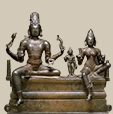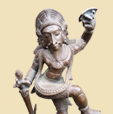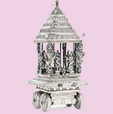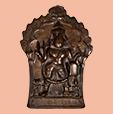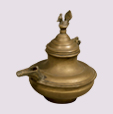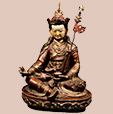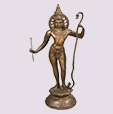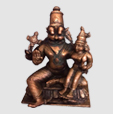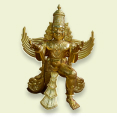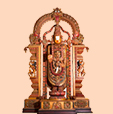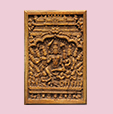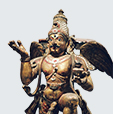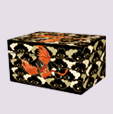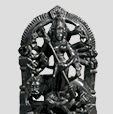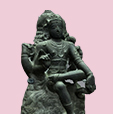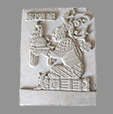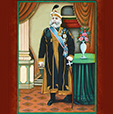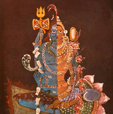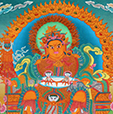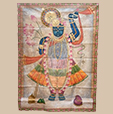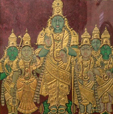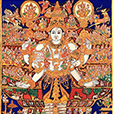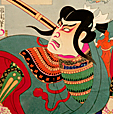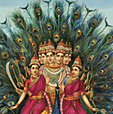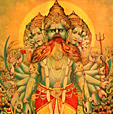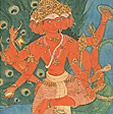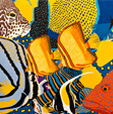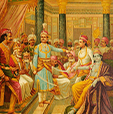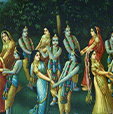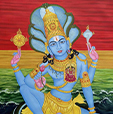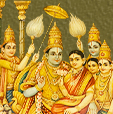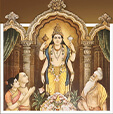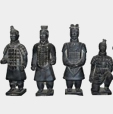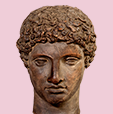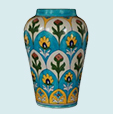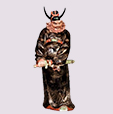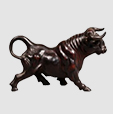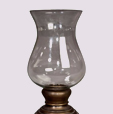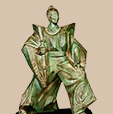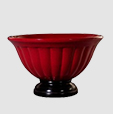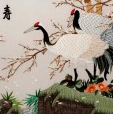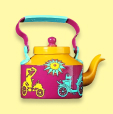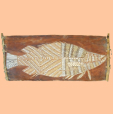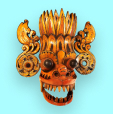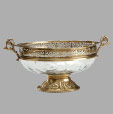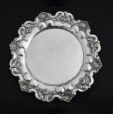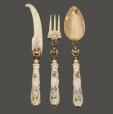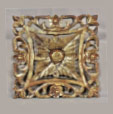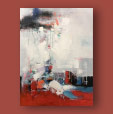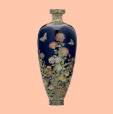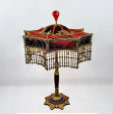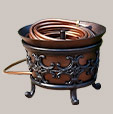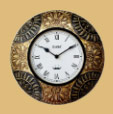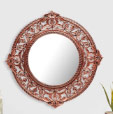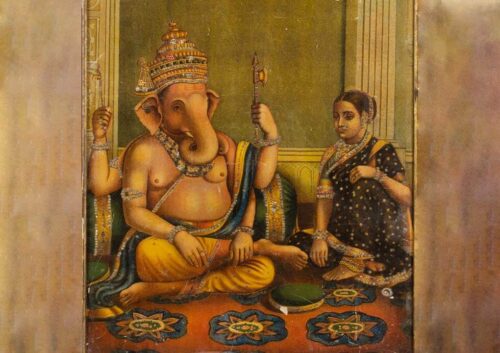

India is a country with many different cultures, languages, and traditions. Its diverse background is mirrored in its folk art forms, which are a one-of-a-kind blend of inventiveness, aesthetics, and cultural expression. Indian Folk art involves more than simply paintings and sculptures; it also includes pottery, embroidery, weaving, mask-making, puppetry, and other creative forms. And all of Indian folk art has a very rich history. In this topic, we are going to learn about some of the famous Indian Folk arts.
Indian Folk Art Paintings
Madhubani painting is one of India’s most prominent types of traditional art. These paintings stand out for their vibrant colors, elaborate designs, and subjects inspired by mythology and nature. Madhubani paintings, which originated in Bihar’s Mithila region, are usually done by women using natural colors and dyes.
Warli painting is another popular Indian folk art genre. These paintings, which originated with the Warli tribe in Maharashtra, are recognized for their simplicity and geometric designs. They are mainly made with rice flour and water on mud walls and portray the Warli tribe’s daily existence.
Pattachitra is another type of Indian folk art painting that developed in Odisha, India’s easternmost state. It entails painting on a cloth canvas, which is then embellished with intricate motifs and themes inspired by mythology and nature. Pattachitra painters employ natural dyes and colors, and the art form is noted for its intricate craftsmanship and attention to detail.
Tanjore paintings, often known as “golden paintings,” are well-known Indian folk art paintings. These artworks portray Hindu religious ideas and Hindu gods. These paintings are one-of-a-kind due to the embossed look and the use of 22-carat gold foil. Gesso-work, rich and brilliant colors, and the use of precious and semi-precious stones make these paintings one-of-a-kind.
Pichwai paintings are renowned Indian folk artworks from Nathdwara, Rajasthan. These paintings are filled with passion and affection. The major subject of these paintings is Shrinathji. These paintings mostly reflect Lord Krishna’s life events. The bright colors utilized in these paintings set them apart.

Indian Folk Art
Indian folk art is a vibrant and varied type of artistic expression that includes a variety of traditional and regional forms. While paintings are undeniably one of the most popular types of folk art in India, there are many other equally fascinating types of folk art that deserve equal attention. Indian folk art, which includes everything from pottery and embroidery to weaving and sculpture, is a celebration of the country’s rich cultural heritage and aesthetic traditions. Each type of folk art has its own distinct style, method, and symbolism, making it an important component of India’s cultural heritage.
Pottery: Pottery is another form of Indian folk art, in addition to paintings. The pottery of many parts of India is distinguished by its distinctive designs, shapes, and colors. Blue pottery from Rajasthan, for example, is noted for its intricate motifs and patterns, whilst terracotta pottery from West Bengal is known for its simplicity and rustic beauty.
Embroidery: Another popular kind of traditional art in India is embroidery. Each region of India has its own embroidery style, distinguished by distinctive themes, patterns, and colors. For example, Punjabi phulkari embroidery is noted for its brilliant colors and flower motifs, whilst West Bengali kantha embroidery is known for its exquisite threadwork.
Puppetry: Puppetry is a popular kind of traditional art in India. Puppet shows, which include expert puppeteers manipulating puppets to tell stories and deliver messages, are a popular form of entertainment in many parts of the country. Puppetry traditions in different parts of India are distinguished by their distinctive puppet designs, storytelling approaches, and musical accompaniments.
Overall, the vast Indian folk art tradition displays the country’s diversity, innovation, and cultural wealth. These art forms not only provide amusement but also contribute to the preservation and promotion of India’s cultural heritage.

